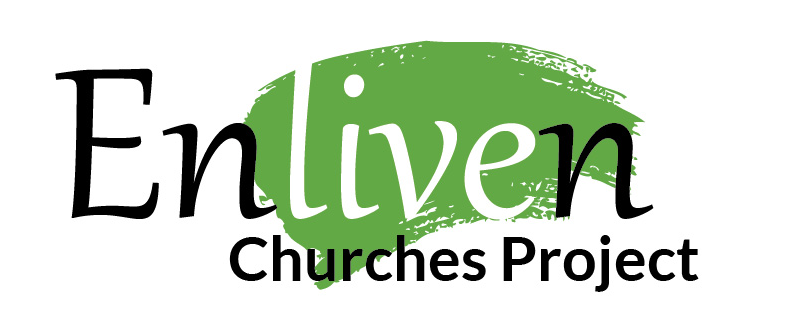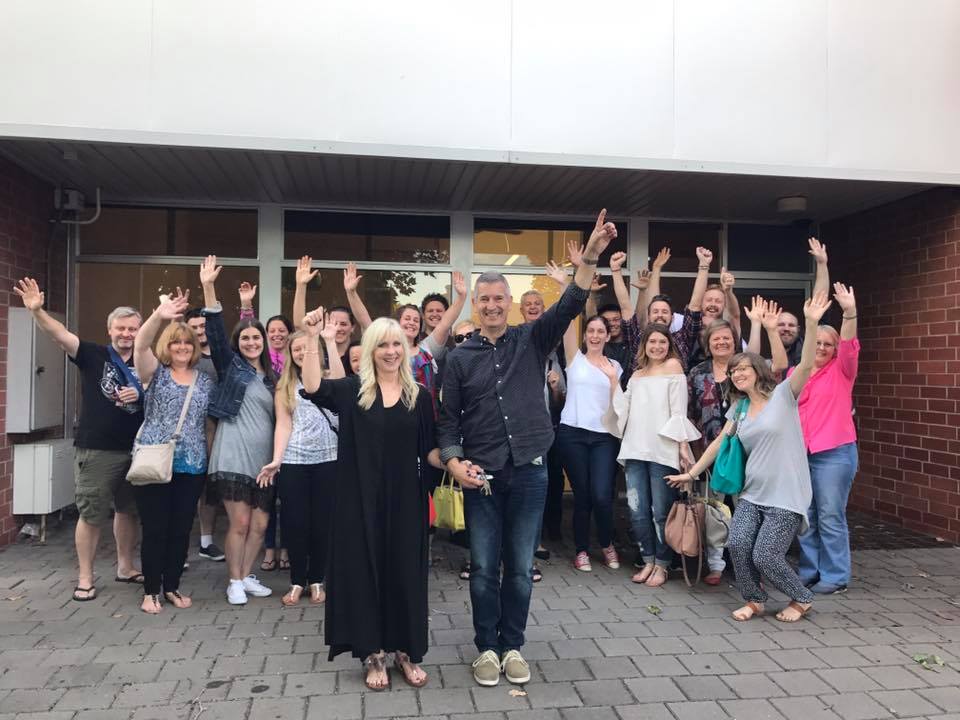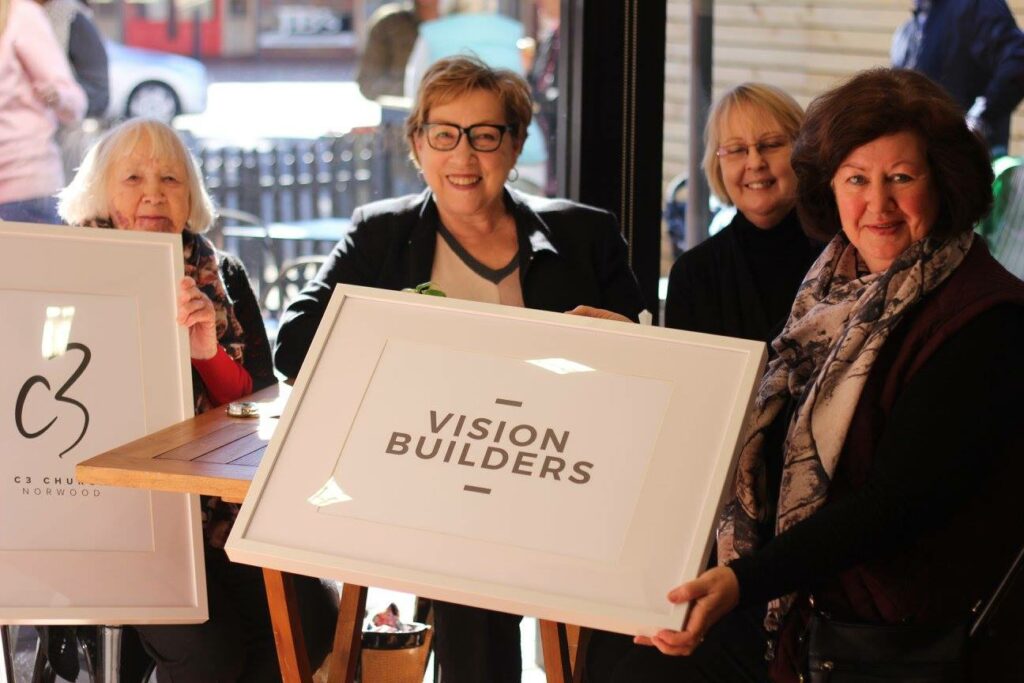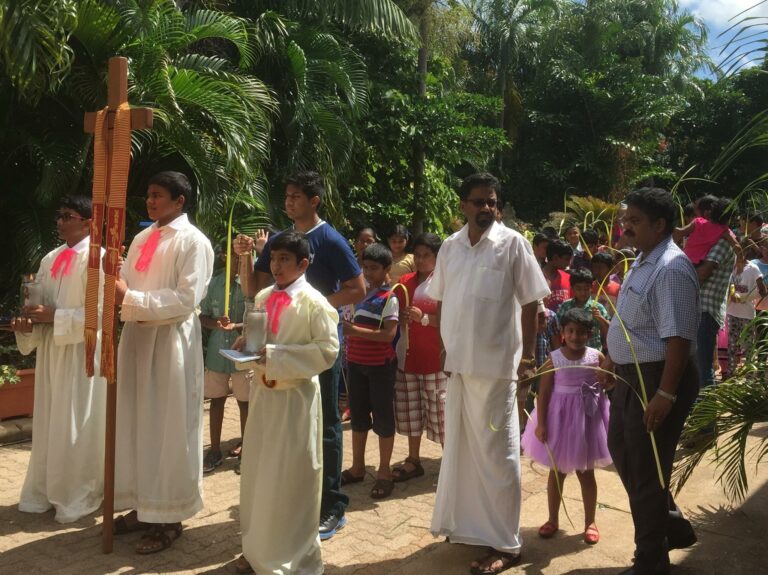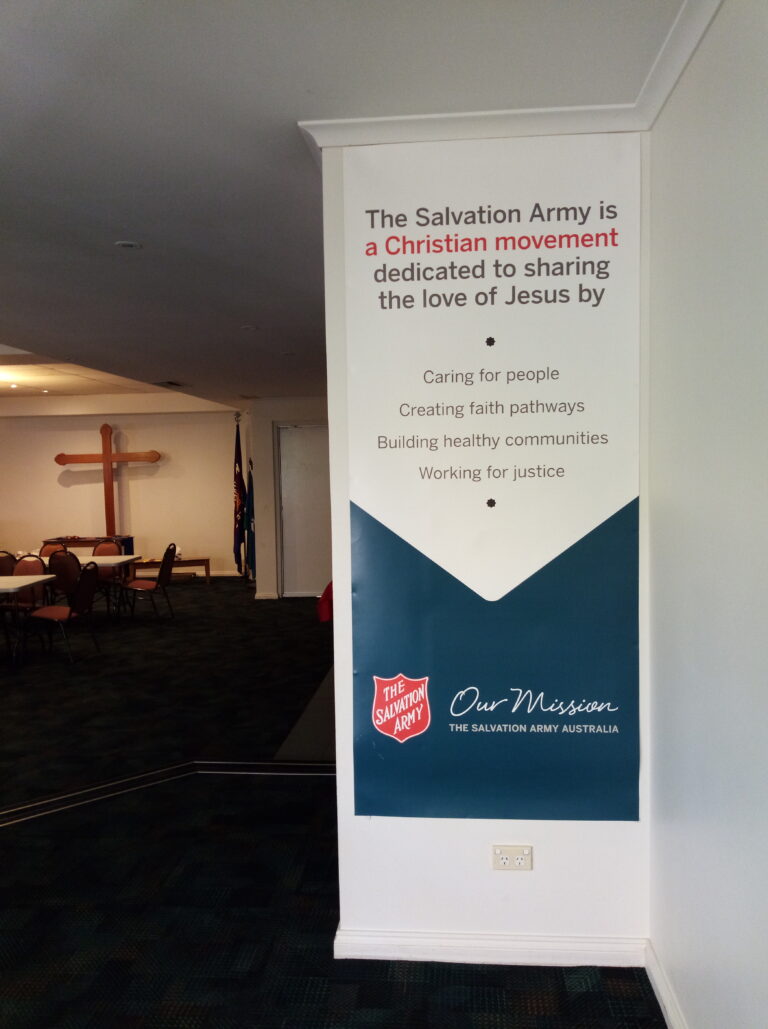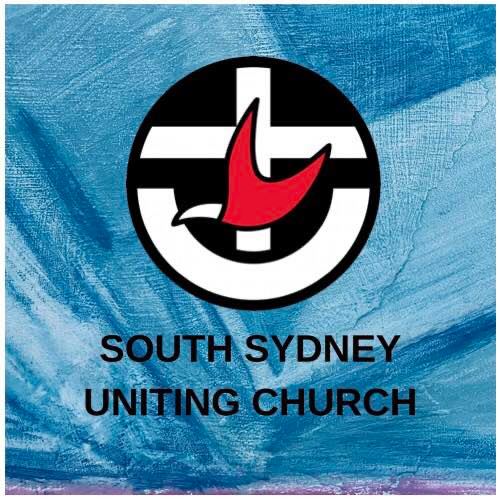Here’s an excerpt from our interview with C3, whose leaders Chris and Vicki Matthews and their team, build their health and vitality through initiatives such as this.
Read the conversation below.
VM: From the point of the 2016 National Church Life Survey, and we’d done at least two or three surveys before that, one of the characteristics coming through to us was this idea of the local community. When we started off as a church, our church membership was flung quite far and wide and we would have had very few people in our church who actually were from the local neighbourhood.
Because of how our church had started, the loyalty to us as pastors and to the church as a whole, came from a group of people who were very widespread. So I think by the time we did the 2016 survey, that dynamic had changed considerably to us actually attracting and having a membership which now consisted mainly of people from within probably a ten-kilometre radius of the church.
A lot fewer people were travelling a distance. We had people who, and we still have people who travel 45 minutes to get to the church, but they are now a rarity instead of perhaps as common as it was in the beginning. So we started to actually be noticed in the community. We had people from church living in the community, who were reaching out into that community. So that changed the dynamic of who we were, and what we stood for.
It was also about the time where children’s ministry had grown to a point, where it was outstripping the small room we had at the back of the auditorium. We were actually actively looking and talking to the church about the need to expand. We learned that to have a goal, to actually have a need that needs to be met, and start to cast out ideas, is an incredibly empowering thing for people. People started to get excited about the fact, well, if we haven’t got enough room for this, what are we going to do? What can we find? What’s out there?
A buzz started to percolate through the church. We’d outstripped something. What we had was no longer adequate, therefore what were we going to do about it? And so there was quite an excitement. Previously, for most of the 20 years we had a building fund with the goal of getting our own building. But as a smaller church, it’s a great goal to have, but part of that goal includes having enough people to fill that building. So we reached that tipping point, that we actually had enough people coming to church, so people could see that our current facilities weren’t adequate. It actually added a lot more excitement to the idea that perhaps we did need a different place or a different location.
We learned that it’s important to project new things that are replacing the status quo. That can be as simple as getting a new pulpit. People want to see change, that you’re actually moving forward. If they come every week, you don’t want to change too much because people like a certain amount of stability, but you need to be able to point out to people, look, we’re working on this. We’ve got a new stage so that it’s easier for volunteers to pack it up and put it away.
Over the years when we first started, it took two hours to set up the hall we hire on a Saturday night for Sunday morning. Finding volunteers for that was a lot of hard work. But now we’ve got it down to 20 minutes. So that’s the sort of thing that people need to see, that you’re not stagnating in your ideas.
It doesn’t have to be big. It can be just small. Part of that process, for instance, was getting a sound system which was connected wirelessly, so that people didn’t have to lay a multi-cord cable down the length of the hall. It just made things easier. A, it made the volunteers who are doing it feel better, and B, it encouraged them to get other people involved.
